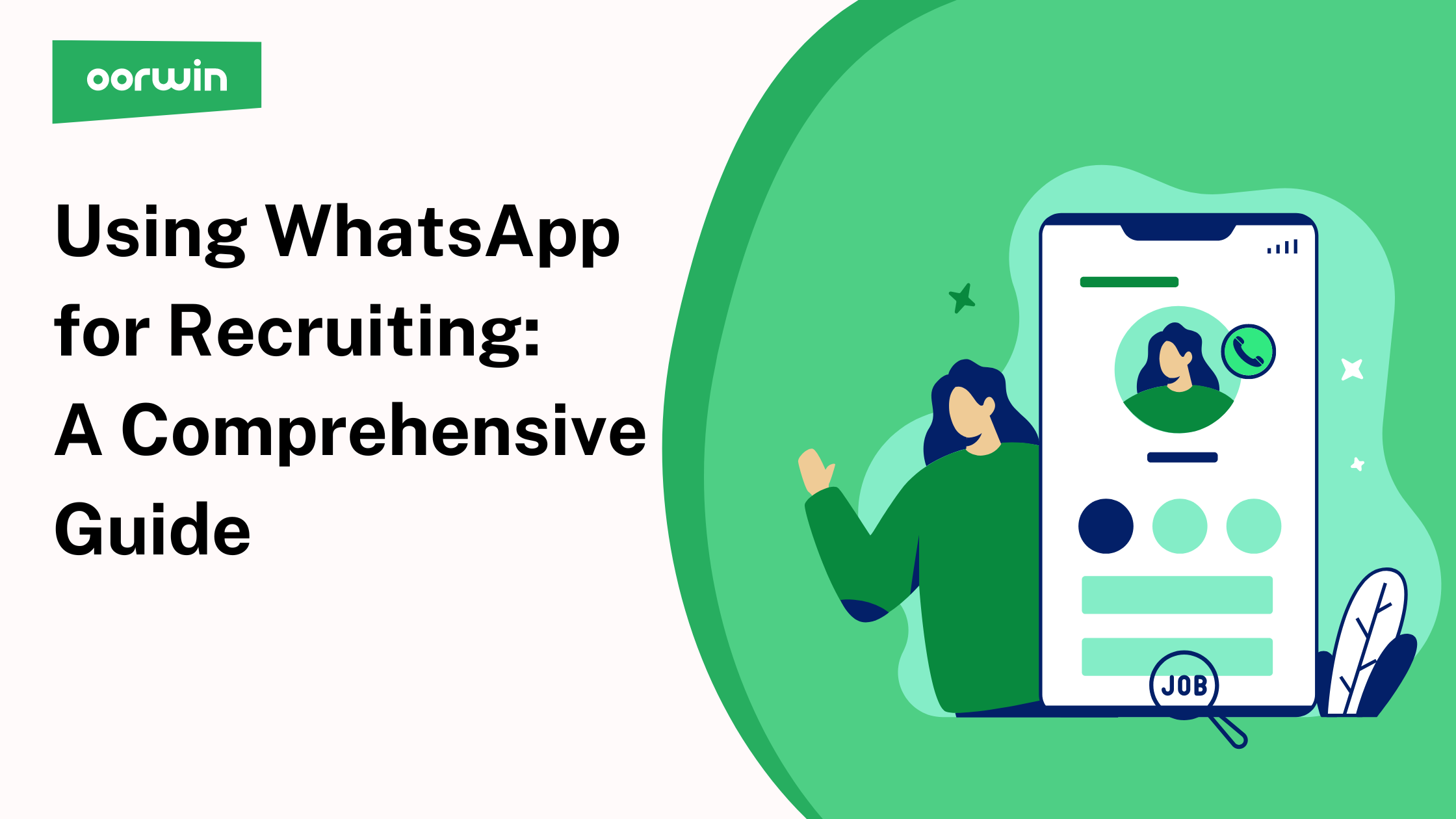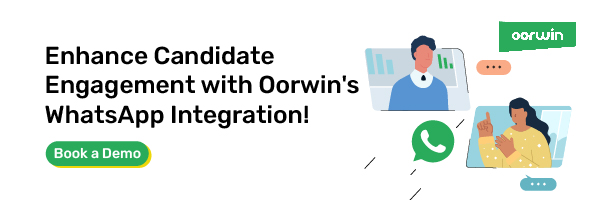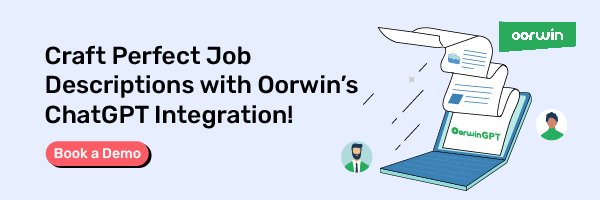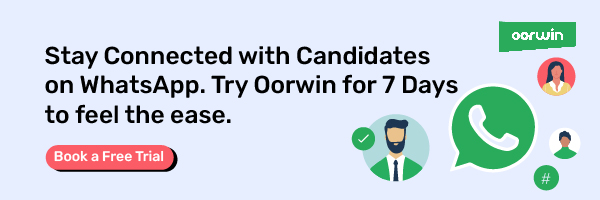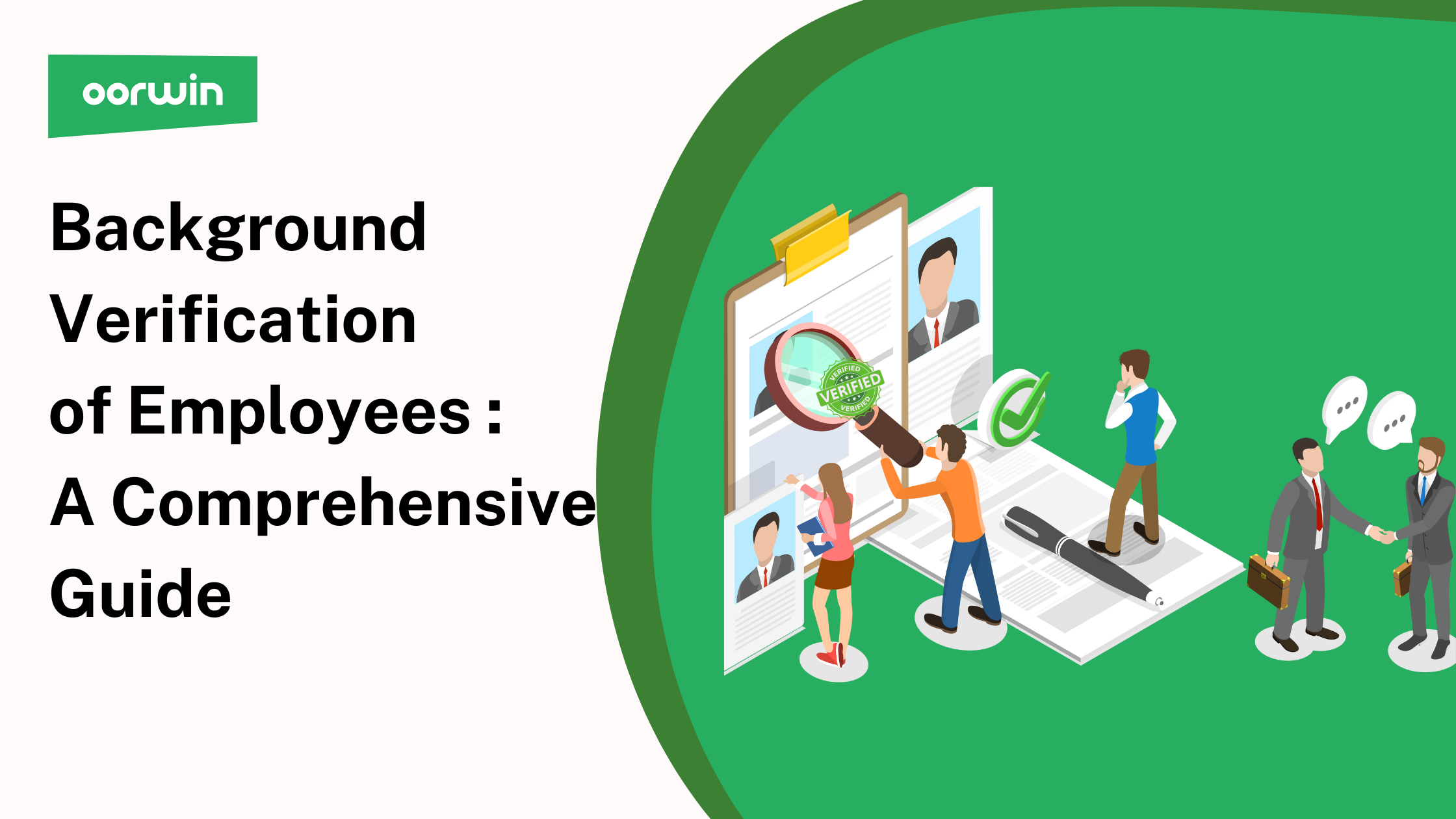The Difference Between Talent Acquisition and Talent Management
In the ever-evolving world of human resources, understanding the nuances between terms like “talent acquisition” and “talent management” is crucial. While they might seem interchangeable, they serve distinct functions in the HR landscape. This article delves deep into the differences between these two concepts and offers insights into their effective implementation.
What Is Talent Acquisition
Talent acquisition refers to the process of identifying, attracting, and onboarding new employees to an organization. It’s the strategic approach to finding the right talent to fill organizational gaps, focusing on long-term human resource planning, and finding appropriate candidates for positions that require a specific skill set.
What Is Talent Management
On the other hand, talent management is a broader concept encompassing a series of HR processes designed to manage and develop an organization’s workforce. It starts when an employee is onboarded and continues throughout their tenure in the company. The primary goal is to ensure that the organization retains top talent and maximizes employee potential.
Key Differences Between Talent Acquisition and Talent Management
Focus and Scope
- Talent Acquisition: This is the gateway to the organization. It revolves around identifying gaps within the company and finding the right talent to fill them. The primary objective is to find candidates who not only have the required skill set but also align with the company’s culture and values.
- Talent Management: Once the talent is onboarded, the focus shifts to ensuring they grow and thrive within the organization. This involves understanding their strengths, providing them with the right opportunities, and ensuring they are satisfied and engaged in their roles.
Time Horizon
- Talent Acquisition: This is often seen as a reactive process triggered by immediate needs such as a vacant position or a new project. The timeline is usually short, with a clear goal: to hire the right person within a stipulated time.
- Talent Management: This is a proactive and continuous process. It’s about foreseeing future needs, planning for succession, and ensuring that employees are always equipped with the skills they need to meet future challenges. The horizon here is long-term, focusing on the entire lifecycle of an employee within the organization.
Processes and Strategies
- Talent Acquisition:
- Sourcing: This involves identifying potential candidates through various channels like job portals, recruitment agencies, and social media.
- Recruiting: Engaging with potential candidates, understanding their aspirations, and aligning them with the company’s needs.
- Interviewing: Evaluating candidates through structured interviews, tests, and assessments to gauge their suitability.
- Onboarding: Integrating new hires into the organization, ensuring they understand their roles, and aligning them with the company’s culture.
- Talent Management:
- Training: Providing employees with the necessary tools and resources to enhance their skills and knowledge.
- Performance Appraisals: Regularly assessing employees’ performance against set benchmarks and providing feedback.
- Succession Planning: Preparing for future leadership roles by identifying and grooming potential organizational leaders.
- Employee Retention Strategies: Implementing policies and practices to ensure employees remain satisfied and engaged, reducing turnover.
Metrics and Key Performance Indicators (KPIs)
- Talent Acquisition:
- Time-to-Hire: The duration between the job posting and the successful candidate’s joining date.
- Cost-per-Hire: The total cost involved in hiring a new employee, including advertising, recruitment agency fees, and onboarding costs.
- Quality of Hire: Evaluating the performance and the retention rate of new hires to determine the effectiveness of the recruitment process.
- Talent Management:
- Employee Turnover Rate: The percentage of employees who leave the organization in a given period.
- Training ROI: Measuring the benefits derived from training in terms of improved performance and productivity.
- Employee Engagement Scores: Assessing how emotionally committed employees are to the organization and its goals.
Strategies for Effective Talent Acquisition
Sourcing and Recruitment Techniques
Modern recruitment has evolved significantly from the days of just posting on job boards and waiting for applications. Here’s a deeper dive into effective sourcing and recruitment techniques:
- Leveraging Platforms like LinkedIn: LinkedIn isn’t just a professional networking site; it’s a goldmine for recruiters. Its advanced search features allow recruiters to find candidates based on specific skills, industries, or roles. Moreover, LinkedIn’s recommendation and endorsement features can provide a preliminary validation of a candidate’s skills.
- Tapping into Passive Candidates: Passive candidates are those not actively looking for a job but might be open to new opportunities. Engaging with them requires a different approach, often focusing on what the new role can offer in terms of career growth, challenges, and benefits.
- AI-Driven Recruitment Tools: Artificial Intelligence can streamline the recruitment process by automating tasks like resume screening, matching job requirements with candidate profiles, and even initial rounds of interviews using chatbots. This speeds up the process and ensures that the shortlisted candidates are a good fit for the role.
Interview and Selection Processes
The interview and selection process is the gateway to ensuring that the right talent comes on board:
- Structured Interview Process: A structured interview ensures consistency in the evaluation process. It involves asking the same set of questions to all candidates, making it easier to compare and evaluate their responses.
- Use of Psychometric Tests: These tests are designed to measure a candidate’s suitability for a role based on their behavioral traits and cognitive abilities. It can provide insights into aspects not evident from interviews or resumes, such as a candidate’s emotional intelligence, adaptability, and problem-solving skills.
- Cultural Fit Assessment: Beyond skills and experience, it’s essential to assess if a candidate aligns with the company’s values, work ethic, and culture. This can be done through situational judgment tests or involving potential team members in the interview process.
Onboarding Process
The onboarding process sets the tone for a new hire’s journey within the organization:
- Role Introduction: This goes beyond just a job description. It involves setting clear expectations, introducing them to their team, and providing an overview of how their role contributes to the organization’s goals.
- Cultural Integration: Organize sessions where new hires can learn about the company’s history, values, and traditions. This can also include team-building activities or mentorship programs to help them integrate faster.
- Feedback Loop: Establish a feedback mechanism where new hires can share their onboarding experience, challenges faced, and suggestions. This continuous feedback can help refine the onboarding process over time.
Strategies for Successful Talent Management
Employee Development and Training
Investing in employee development is investing in the company’s future:
- Workshops: Organize regular workshops where employees can learn about industry trends, new technologies, or soft skills like leadership and communication.
- Online Courses: With the rise of platforms like Coursera and Udemy, employees can take courses tailored to their needs, allowing them to learn at their own pace.
- Certifications: Encourage employees to pursue certifications in their domain. It not only adds to their skill set but also brings credibility to the organization.
Succession Planning
Preparing for the future ensures that the organization never faces a leadership vacuum:
- Identify Potential Leaders: Use performance data, feedback, and evaluations to identify employees who show leadership potential.
- Mentorship Programs: Pair potential leaders with current leaders to provide them with insights, guidance, and firsthand experience of leadership roles.
- Cross-Functional Experiences: Allow potential leaders to work in different departments or roles. This broadens their perspective and prepares them for higher leadership roles.
Performance Appraisal and Feedback
Regular feedback is the cornerstone of employee development:
- Constructive Feedback: Ensure that feedback is specific, actionable, and positive. It should guide employees on what they are doing right and where to improve.
- Clear Objectives: Set clear, measurable objectives for each employee. This gives them a direction and a clear understanding of what is expected of them.
- Regular Performance Reviews: Instead of annual reviews, adopt a continuous feedback approach. Regular check-ins, quarterly reviews, or project-end evaluations provide timely feedback, allowing employees to course-correct and stay aligned with the organization’s objectives.
Oorwin: The Best Talent Acquisition and Talent Management Platform
In today’s digital age, where technology is reshaping industries, platforms like Oorwin stand out as pioneers in revolutionizing HR functions. With its comprehensive suite of tools, Oorwin seamlessly bridges the gap between talent acquisition and talent management. Whether leveraging AI for precise candidate sourcing or offering extensive modules for employee development, Oorwin ensures that businesses keep pace and lead in the HR domain.
As organizations strive to attract, retain, and nurture top talent, having a robust platform like Oorwin can be a game-changer. It’s not just about filling positions; it’s about building a workforce that aligns with the company’s vision and grows with it. Ready to elevate your HR game? Book a demo with Oorwin Today!
FAQs
What Is the Main Goal of Talent Acquisition?
The primary goal of talent acquisition is to identify and hire individuals who fit the organization’s culture and open roles, ensuring the company’s growth and success.
How Does Talent Management Differ from Talent Acquisition?
While talent acquisition focuses on attracting and hiring new employees, talent management is about nurturing, developing, and retaining those employees.
Can an Organization Exist Without One or the Other?
While it’s possible, it’s not advisable. Talent acquisition without management can lead to high turnover, and management without acquisition can result in skill gaps and stagnation.



